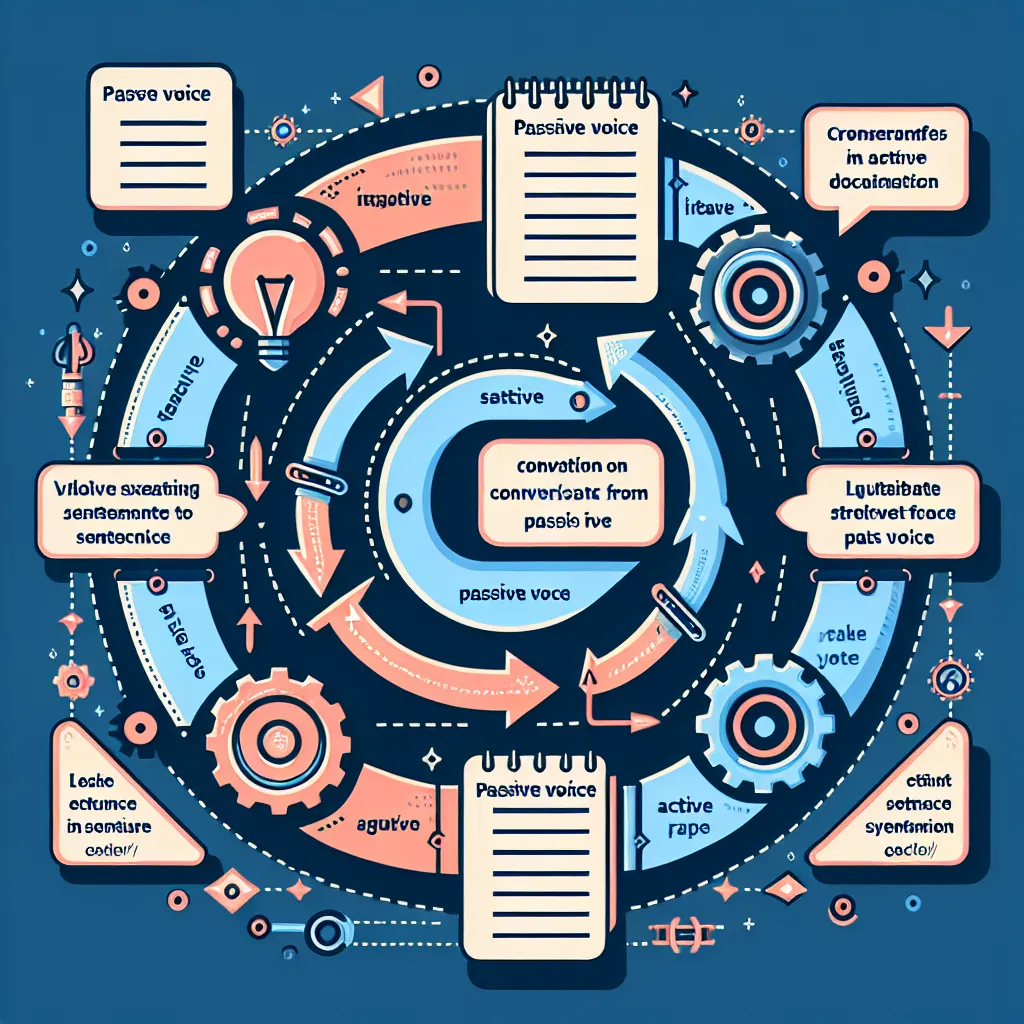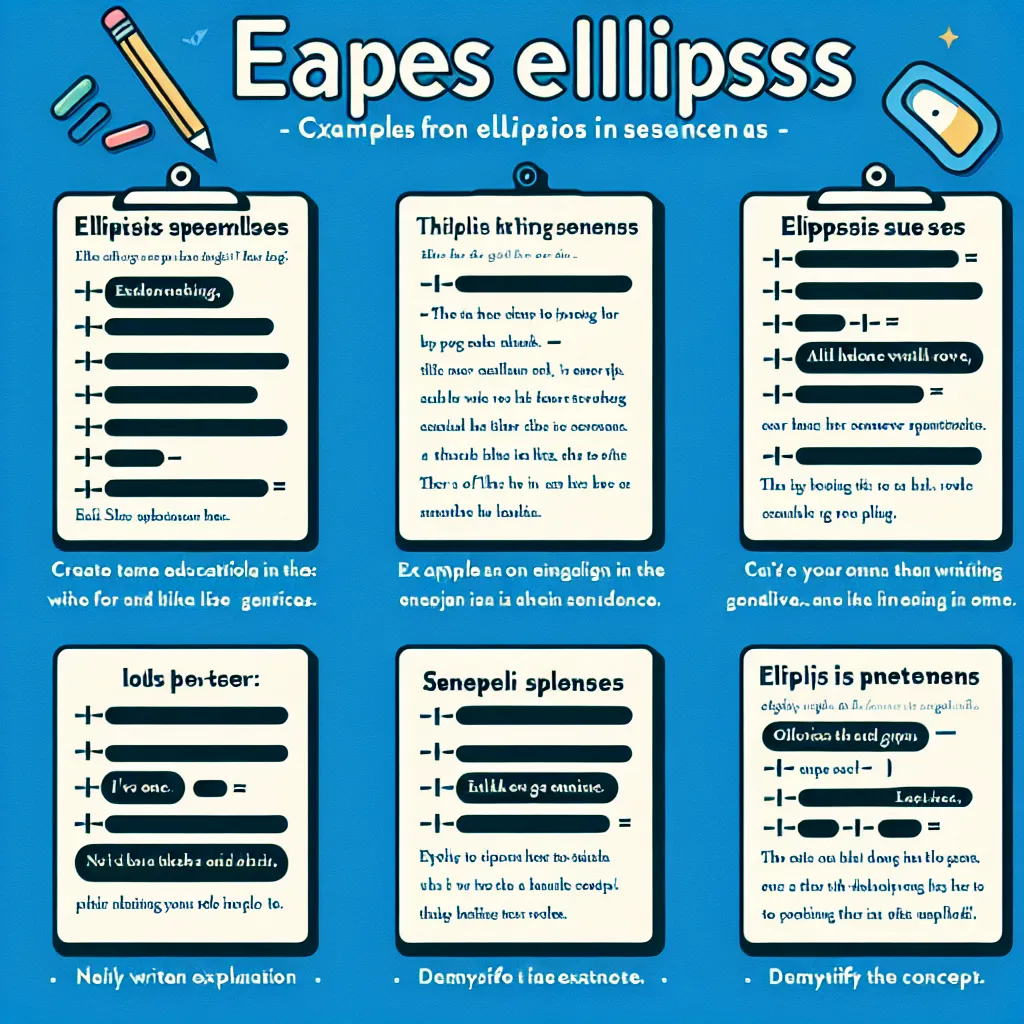Technical writing demands precision, clarity, and a deep understanding of complex grammatical structures. This article explores advanced grammar techniques essential for crafting effective technical instructions. Whether you’re a seasoned technical writer or aspiring to improve your skills, these insights will help you elevate your writing to new heights.
Understanding the Importance of Advanced Grammar in Technical Writing
Technical instructions require a unique blend of clarity and precision. Advanced grammar plays a crucial role in conveying complex ideas accurately and unambiguously. By mastering these advanced structures, writers can create instructions that are both comprehensive and easy to follow.
 Technical Writing Workspace
Technical Writing Workspace
Key Benefits of Advanced Grammar in Technical Instructions
- Enhanced Clarity: Complex structures allow for more precise explanations.
- Improved Readability: Well-constructed sentences guide readers through complex processes.
- Professional Credibility: Sophisticated grammar reflects expertise and attention to detail.
- Reduced Ambiguity: Advanced structures help eliminate misinterpretations.
Essential Advanced Grammar Structures for Technical Writing
1. Complex Sentence Structures
Technical writing often requires explaining intricate relationships between ideas. Mastering complex sentence structures is crucial for this purpose.
Example:
“While the system is booting, which typically takes 2-3 minutes depending on the hardware configuration, ensure that all peripheral devices are properly connected and powered on.”
This sentence combines a temporal clause, a parenthetical explanation, and a main instruction, providing a comprehensive guide in a single, well-structured sentence.
2. Conditional Statements
Conditional statements are vital in technical instructions, as they help users navigate different scenarios.
Types of Conditionals:
- Zero Conditional: For universal truths or scientific facts
- First Conditional: For likely or possible future events
- Second Conditional: For hypothetical or unlikely situations
- Third Conditional: For impossible past situations
Example:
“If the LED indicator turns red (first conditional), immediately disconnect the power supply. Had you noticed this earlier (third conditional), potential damage could have been avoided.”
3. Passive Voice in Technical Context
While active voice is generally preferred, passive voice has its place in technical writing, especially when emphasizing the action or result rather than the actor.
Example:
“The software must be updated regularly to ensure optimal performance.”
Here, the focus is on the action (updating) rather than who performs it, which is often more relevant in technical instructions.
 Passive Voice in Technical Writing
Passive Voice in Technical Writing
4. Participle Phrases for Concise Descriptions
Participle phrases can add information concisely, making instructions more compact yet informative.
Example:
“Holding the power button for 5 seconds, initiate the hard reset procedure.”
This construction combines two actions efficiently, streamlining the instruction.
5. Nominalization for Abstract Concepts
Nominalization, the process of turning verbs or adjectives into nouns, is useful for discussing abstract concepts in technical writing.
Example:
“The implementation of the new protocol resulted in a 30% increase in data transmission speeds.”
Here, “implementation” (from “implement”) and “transmission” (from “transmit”) allow for a more abstract and professional discussion of the process.
Applying Advanced Grammar in Different Technical Contexts
Software Documentation
In software documentation, clarity and precision are paramount. Use conditional statements to cover various user scenarios and complex sentences to explain intricate procedures.
Example:
“If the application fails to respond (first conditional), forcing a shutdown may be necessary. To do this, press and hold the power button until the device turns off, typically taking 5-10 seconds.”
Hardware Manuals
For hardware manuals, combine clear instructional language with technical terminology. Utilize passive voice to focus on the components and actions rather than the user.
Example:
“The motherboard should be carefully removed from its anti-static packaging. Once positioned in the case, it must be secured using the provided screws, ensuring all mounting points are properly fastened.”
Scientific Reports
In scientific writing, nominalization and complex sentence structures are particularly useful for discussing abstract concepts and detailed processes.
Example:
“The crystallization of the compound occurs at precisely 302.15 K, resulting in a lattice structure that exhibits unique properties when subjected to high-frequency electromagnetic radiation.”
Common Pitfalls and How to Avoid Them
-
Overcomplication: While advanced structures are useful, clarity should never be sacrificed. Always aim for the simplest expression that accurately conveys the information.
-
Inconsistent Tense Usage: Maintain consistent tense throughout your document. In technical instructions, present tense is typically used for ongoing processes, while future tense may be used for expected outcomes.
-
Misuse of Jargon: While technical terms are necessary, ensure they are used correctly and explained when first introduced.
-
Ambiguous Pronouns: In complex sentences, ensure pronouns clearly refer to their antecedents to avoid confusion.
Enhancing Your Technical Writing Skills
To improve your advanced grammar skills for technical writing:
-
Study Style Guides: Familiarize yourself with technical writing style guides like the Chicago Manual of Style or the Microsoft Manual of Style.
-
Practice Regularly: Write and revise technical documents frequently, focusing on implementing advanced structures.
-
Seek Feedback: Have your work reviewed by peers or professionals in your field.
-
Read Extensively: Study well-written technical documents in your industry to observe effective use of advanced grammar.
-
Use Writing Tools: Utilize grammar checking tools specifically designed for technical writing to catch advanced errors.
Conclusion
Mastering Advanced Grammar For Technical Instructions is a valuable skill that significantly enhances the quality and effectiveness of your writing. By incorporating complex sentence structures, appropriate use of passive voice, and precise conditional statements, you can create technical documents that are both sophisticated and accessible. Remember, the goal is always clarity and accuracy – advanced grammar should serve to enhance understanding, not complicate it. Continue to practice and refine these skills, and you’ll see a marked improvement in your technical writing prowess.




